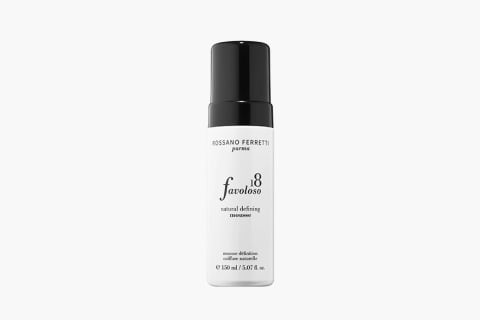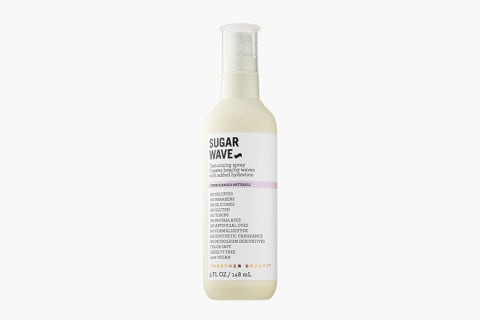Though often misunderstood, hair density is actually important. There’s high hair density, medium hair density, and low hair density. And the truth is, it affects the way we care for and style our hair—and gives us a deeper look into the appearance of our locks. Professional hairstylist Sophia Porter explains that hair density is found by the number of hair follicles per every square inch of the scalp. So even though your hair may appear thin or thick, it doesn’t necessarily correlate with the density of your hair. Yes, you can have high hair density and very thin or fine hair, and it’s also possible to have thick, full hair with low density (more on this later). One study found that age likely plays a role, with participants’ hair density decreasing2 as they got older. This makes sense, as people often experience “thinning” with age—which is actually lessening density. Certified trichologist and founder of Advanced Trichology William Gauntiz, WTS, says that the average hair density is based on genetics, but there are patterns among different hair colors. “Blondes typically have the greatest volume of individual strands per scalp at approximately 140,000 hairs,” he says. “Brunettes have approximately 120,000 hairs on average, and redheads have the least amount of density with around 90,000 hairs.” If you’re looking for a hair density test you can do at home, Porter suggests taking a front section of your hair and pulling it to the side. “If your scalp is very visible, you have low density, but if you can barely see the scalp, you have high density,” she says. “If you’re anywhere in between, that’s medium density.” It’s also important to note that different areas of the scalp can have different densities. So, don’t be alarmed if one area of your hair seems denser than others. According to the pros, that’s totally normal. You can also try the ponytail test if your hair is long enough: Not only does density influence the types of products you should use, but it also can make a world of difference in how you style or cut your hair. “Lower density hair should choose a cut that has blunt, heavy lines,” says Richman. “A blunt bang or a heavy curtain bang can make the hair appear thicker. For those with high density, choose a cut with more texture and layers to help remove weight from the hair. But Porter warns that it’s important to find a stylist that specializes in thinning the hair to avoid damage and having bulky roots with thin ends. And since that’s not exactly the trendy style you’re looking to achieve, we suggest avoiding a DIY cut in this case. Your best bet is to leave this up to the pros. Lessening hair density in some cases can be traced back to nutrition. If you fear that yours may be connected to any nutritional deficiency, visit your doctor to get your levels tested. Here are common nutrients that may be connected:




